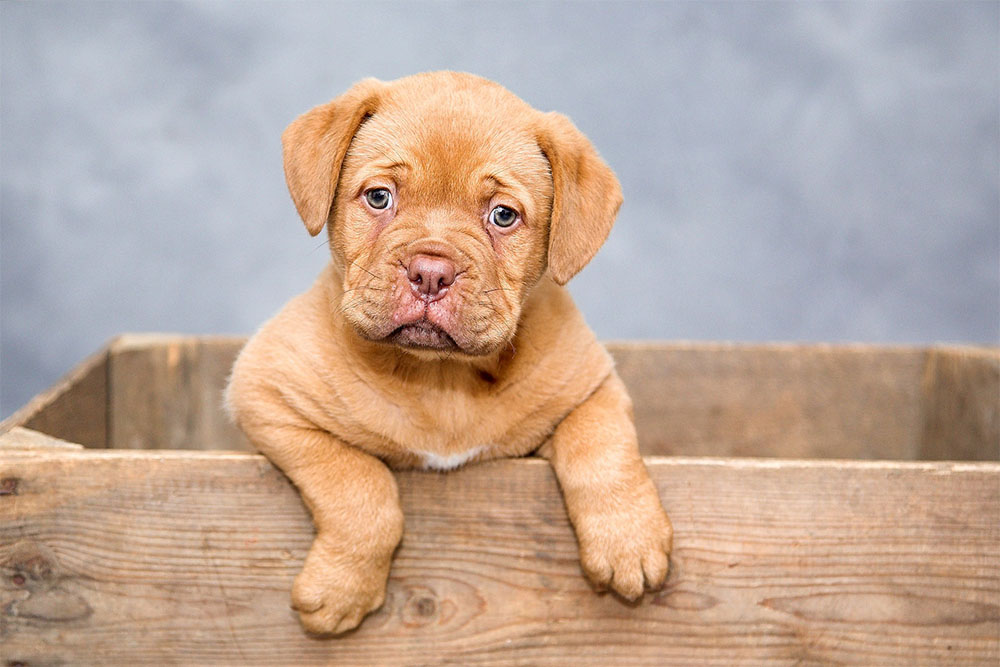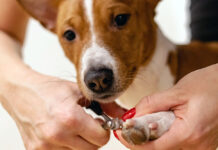Welcome to “Pet Paradise: How to Create the Perfect Home for Your New Furry Friend”! If you’re considering bringing a new pet into your home, congratulations! You’re about to embark on a rewarding and enriching journey with your furry companion. However, it’s important to take the time to properly prepare for your new pet’s arrival to ensure a smooth transition for both you and your furry friend. In this article, we’ll provide you with all the information you need to create a pet-friendly home that’s comfortable, safe, and welcoming for your new furry family member. We’ll cover everything from choosing the right supplies and gear to introducing your new pet to your home and establishing routines. With our expert tips and guidance, you’ll be well on your way to creating a pet paradise in your own home.
Pet-proofing your home to prevent accidents and injuries
Pet-proofing your home is an important step in creating a safe and welcoming environment for your furry friend. This involves identifying and removing any potential hazards that could cause accidents or injuries to your pet. Some common pet hazards to look out for include electrical cords, toxic plants, small objects that can be swallowed, and medications that are within reach. It’s also important to secure any doors or windows that your pet could potentially escape through. By taking the time to pet-proof your home, you can help prevent accidents and injuries and ensure that your pet stays safe and healthy. Remember to continue checking for potential hazards as your pet grows and their needs change.
Providing appropriate exercise and playtime for your pet
Providing appropriate exercise and playtime for your pet is essential for their physical and mental well-being. Exercise helps to keep your pet healthy and fit, and it can also help to prevent behavior problems by providing an outlet for pent-up energy. The amount and type of exercise needed will depend on your pet’s breed, size, and age. For example, a high-energy breed like a Border Collie will need more exercise than a more low-key breed like a Pug. It’s important to consult with your veterinarian or a professional trainer to determine the appropriate amount of exercise for your pet. Playtime is also important for your pet’s mental and social development. Engaging in interactive play with your pet can help to build a strong bond and keep their mind active. There are many different types of toys and activities you can try with your pet, so don’t be afraid to experiment and find what works best for you and your furry friend.
Choosing the right type of bed, crate, or carrier for your pet
When it comes to choosing the right type of bed, crate, or carrier for your pet, there are a few key factors to consider. First, consider the size of your pet and make sure that the bed, crate, or carrier is large enough for them to comfortably stand up, turn around, and lie down. It’s also important to consider the material and construction of the bed, crate, or carrier. Look for high-quality materials that are durable and easy to clean. For example, a crate made of metal or plastic may be more durable and easier to clean than one made of fabric. Additionally, consider the purpose of the bed, crate, or carrier. If you plan to use it for travel, you’ll need something that meets airline or car safety regulations. If you plan to use it as a nighttime sleeping area, you’ll want something that is comfortable and cozy for your pet. Finally, consider your own preferences and needs. If you have a small space or limited storage, you may want to choose a bed, crate, or carrier that is compact and easily stored when not in use.
Handling emergencies and first aid for pets
Dealing with emergencies and providing first aid for pets can be stressful and overwhelming, but it’s important to stay calm and take quick action to help your furry friend. Some common pet emergencies include ingestion of toxic substances, injuries from accidents or fights, heatstroke, and respiratory distress. If you suspect that your pet is experiencing an emergency, call your veterinarian or a pet poison control hotline immediately for guidance. In the meantime, you can provide basic first aid by removing any obvious hazards, stabilizing any injuries, and keeping your pet calm and quiet. If your pet is unconscious, you can try to gently stimulate them by tapping their paws or lightly blowing on their nose. It’s important to remember that pets can react differently to emergencies than humans, so it’s essential to follow the advice of a veterinarian or other trained professional. It’s also a good idea to familiarize yourself with basic first aid techniques and have a pet first aid kit on hand in case of an emergency.
Dealing with pet loss and grief.
Dealing with the loss of a beloved pet can be one of the most difficult experiences a pet owner can face. It’s natural to feel a deep sense of grief and sadness at the loss of a companion who has been a constant presence in your life. It’s important to allow yourself time to grieve and process your feelings. This may involve finding ways to memorialize your pet, such as creating a tribute or planting a tree in their memory. It’s also helpful to reach out to others who have experienced pet loss and share your feelings with them. It can be helpful to seek support from a counselor or support group if you are struggling with your grief. Remember that everyone handles grief differently, and it’s important to find ways to cope that work for you. It’s okay to take the time you need to heal, and it’s okay to seek help if you need it.
Here are some other answers to common questions about Introducing a New Dog to Your Home
Q: What should I consider when bringing a new puppy into my home?
A: There are a few key things to consider when bringing a new puppy into your home. First, make sure you have the time and energy to properly care for a puppy, as they require a lot of attention and training. Consider whether you have the financial resources to provide for a puppy’s needs, including food, toys, medical care, and training. You should also make sure you have a safe and suitable living space for a puppy, with a fenced yard if possible. Finally, think about whether you have the patience and commitment to raise a puppy into a well-behaved adult dog.
Q: How do I prepare my home for a new puppy?
A: Before bringing your new puppy home, it’s important to make sure your home is prepared for their arrival. This includes puppy-proofing your home to remove any potential hazards and making sure you have all the necessary supplies and gear, such as a crate, collar and leash, food and water dishes, and toys. You should also make sure you have a designated space for your puppy to sleep and play, and set up a schedule for feeding, playtime, and potty breaks.
Q: How do I introduce my new puppy to my other pets?
A: Introducing a new puppy to your other pets can be a bit of a challenge, but with some careful planning and patience, it can go smoothly. Start by keeping your new puppy and your other pets separated when you first bring the puppy home, gradually increasing their interaction as they become more comfortable with each other. Be sure to supervise all interactions and intervene if necessary to prevent any conflicts. Gradually increasing the amount of time your new puppy spends with your other pets will help them become comfortable with each other.
Q: How do I potty train a puppy?
A: Potty training a puppy can be a challenging but ultimately rewarding process. The key to success is consistency and patience. Set up a schedule for potty breaks and stick to it as closely as possible. When your puppy goes outside to potty, give them plenty of praise and rewards to reinforce the desired behavior. You can also use a crate to help with potty training, as puppies are naturally inclined to keep their sleeping area clean. Be patient, as it may take several months for your puppy to be fully potty trained.
Q: How do I train my puppy to behave?
A: Training your puppy to behave is an important part of raising a well-behaved adult dog. Start by teaching your puppy basic obedience commands, such as “sit,” “stay,” and “come.” Use positive reinforcement techniques, such as treats and praise, to reward good behavior and discourage undesirable behavior. It’s also important to establish boundaries and rules for your puppy, and be consistent in enforcing them. Enrolling in a puppy training class can be a great way to get started and get professional guidance.






















